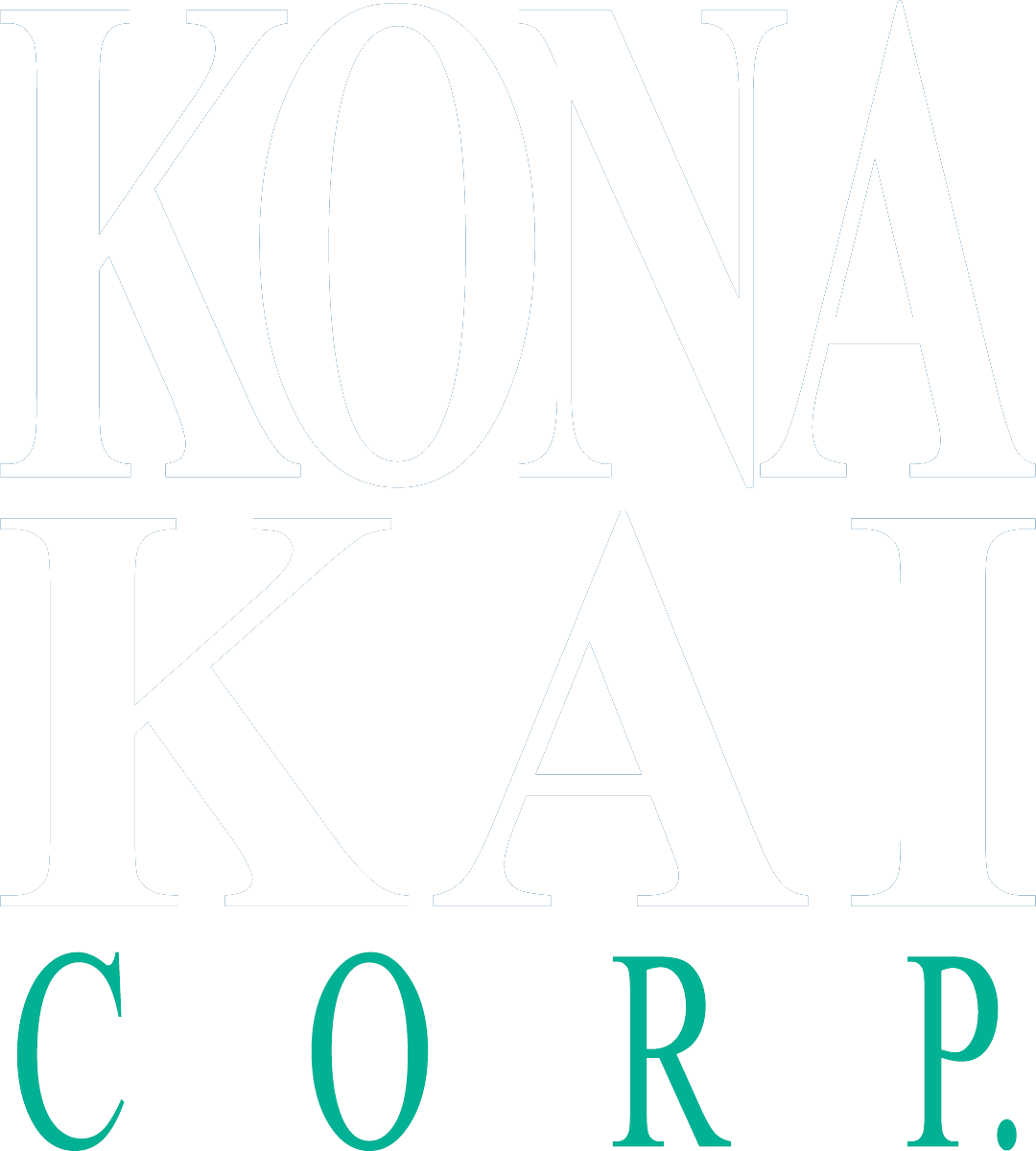Planning Your 2025 Budget: 6 Key Considerations for Digital Transformation
As we approach 2025, businesses are gearing up to chart a course that not only navigates economic uncertainties but also capitalizes on emerging opportunities. Budgeting isn't merely a financial exercise; it's a strategic roadmap that defines how companies will allocate resources to achieve their goals and sustain growth in the competitive landscape.
A Strategic Guide for 2025 Tech Budgets
By carefully evaluating and prioritizing key areas in 2025, businesses can ensure they are well-prepared to meet challenges head-on and seize opportunities for advancement and innovation.
Why Budget Planning for 2025 Matters
Budgeting for 2025 isn’t just about predicting expenses and revenues. It’s about positioning your business to:
- Adapt to Market Trends: Stay ahead of industry shifts and customer demands.
- Allocate Resources Wisely: Invest in areas that drive growth and cut unnecessary costs.
- Mitigate Risks: Anticipate potential challenges and prepare contingency plans.
- Achieve Strategic Goals: Align financial planning with long-term business objectives.
Here’s what successful companies are considering as they create budgets for 2025.
1. Technology Investments: Embracing Digital Transformation
In the wake of accelerated digital transformation, companies are prioritizing investments in technology. AI is everywhere, promising significant payoffs for those willing to invest. However, a solid AI strategy requires data to drive it. AI has various uses throughout the enterprise, whether in customer-facing Customer Relationship Management (CRM) systems and portals, embedded within back-office systems to drive process innovation and efficiency gains, or in content and knowledge management solutions providing contextual insights. AI requires data to function, and that data needs to be managed. Don't overlook this when planning to leverage AI, and ensure you build and staff to acquire and manage the necessary data in the long term.
2. Cybersecurity and Data Privacy: Safeguarding Trust and Compliance
With data breaches making headlines, cybersecurity remains paramount. Allocating resources towards robust cybersecurity measures not only protects sensitive information but also builds trust among customers and partners. AI can also play a significant role in prevention, threat detection, response, and recovery workflows. Compliance with evolving data privacy regulations such as GDPR and CCPA is equally crucial to avoid hefty fines and maintain reputation. By integrating AI into cybersecurity strategies and focusing on data privacy initiatives, companies can improve their defenses and stay ahead of potential breaches.
3. Customer Experience: Enhancing Engagement and Satisfaction
In a competitive marketplace, superior customer experience can be a key differentiator. Budgeting for CRM enhancements, personalized marketing strategies, and omni-channel customer support systems ensures that businesses can deliver seamless and memorable experiences that drive loyalty and growth. Personalizing these experiences is becoming increasingly more important and is more commonly an expectation of consumers. A well thought out marketing strategy, aligned to CRM capabilities, requires collaboration and coordination among many stakeholders. These should be considered as part of any budgetary planning.
4. Operational Efficiency: Streamlining Processes for Agility
Operational efficiency remains critical for cost optimization and agility. Investing in process automation, lean management practices, and supply chain resilience enables businesses to respond swiftly to market changes while maximizing operational performance and profitability. The ability to improve throughput, accuracy, and exception handling are often large ROI drivers that budgetary processes favor.
5. Market Expansion and Diversification: Seizing Growth Opportunities
Budgeting for market expansion, whether through geographic diversification or product/service innovation, positions companies to capitalize on new growth opportunities and broaden their customer base. Strategic investments in market research and competitive analysis guide informed decision-making.
6. Workforce Planning: Navigating the Future of Work
The shift towards remote and hybrid work models necessitates strategic workforce planning and innovation. Budgeting for employee training, digital upskilling, and remote work infrastructure ensures that businesses can adapt to evolving workplace dynamics while fostering employee productivity and satisfaction. While investments tend to focus outward on marketing and customers, focusing on your employee experiences is very important in attracting and retaining a competitive workforce.
Budgeting Smartly for 2025 and Beyond
As businesses prepare their budgets for 2025, strategic investments will shape their competitive advantage and resilience. Budgeting early and clearly outlining initiative goals can help safeguard crucial projects from being cut, and partnering with experienced consultants is a key investment that pays dividends in the long term. At Kona Kai, we specialize in leading companies through successful digital transformation to improve human connections and optimize business performance. By investing in expert guidance, your business can ensure your strategies are aligned with your overarching goals, maximizing efficiency and fostering growth. Contact us today to discover how our expertise can help you achieve your strategic goals and thrive in 2025 and beyond.
INSIGHTS












